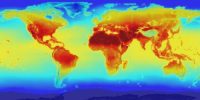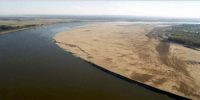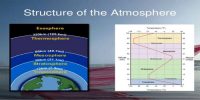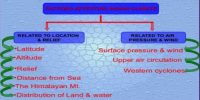Photosynthesis: It is the chemical process where plants and some bacteria can capture and organically fix the energy of the sun. Photosynthesis takes in the carbon dioxide produced by all breathing organisms and reintroduces oxygen into the atmosphere. Photosynthesis is the process used by plants, algae, and certain bacteria to harness energy from sunlight into chemical energy.
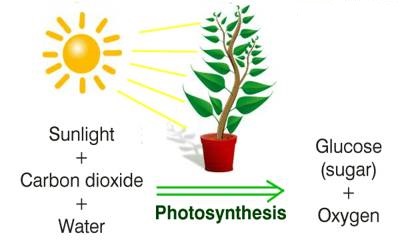
Even though photosynthesis is carried out in another way by means of special species, the procedure continually starts offevolved while strength from mild is absorbed by using proteins known as reaction centers that contain green chlorophyll pigments. In flowers, those proteins are held inner organelles referred to as chloroplasts, which can be most ample in leaf cells, at the same time as in microorganism they’re embedded in the plasma membrane. In these light-dependent reactions, some electricity is used to strip electrons from appropriate substances, consisting of water, generating oxygen fuel. There are two kinds of photosynthetic strategies: oxygenic photosynthesis and anoxygenic photosynthesis. Oxygenic photosynthesis is the maximum common and is visible in flora, algae, and cyanobacteria.

